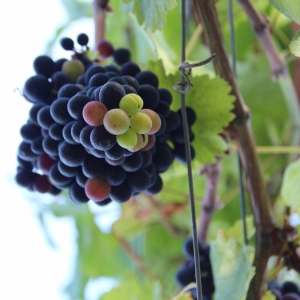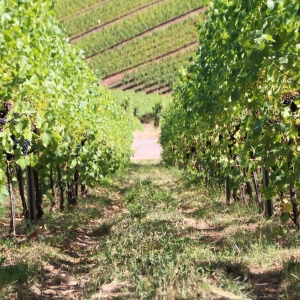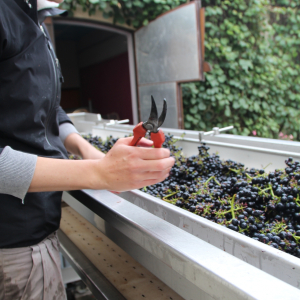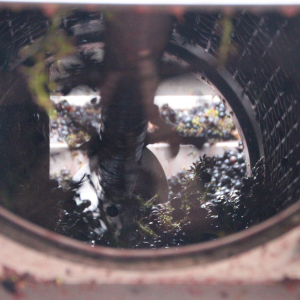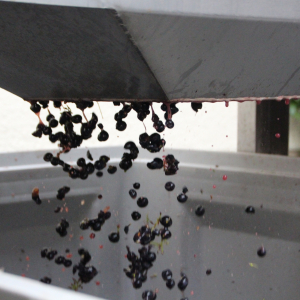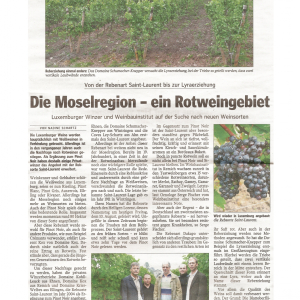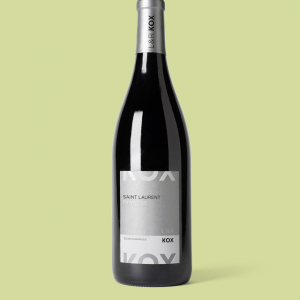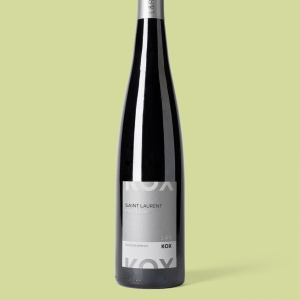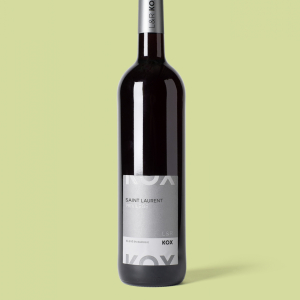2004
LAURENT IS SANCTIFIED !
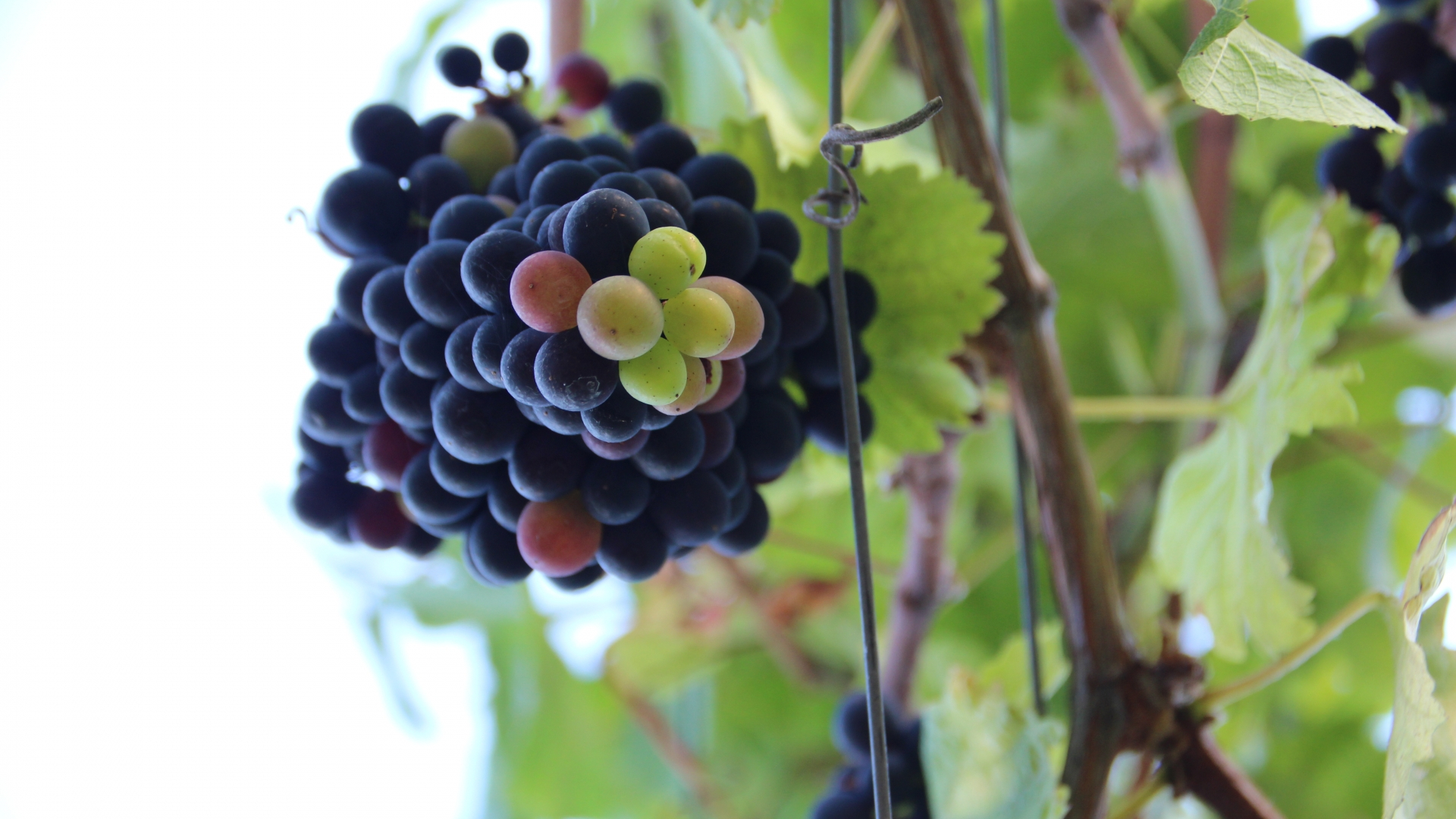
Obviously we mean the grape variety Saint Laurent, and not our ‘cellar master’ ! In 2004, three enterprising and motivated winemakers, Laurent Kox one of them, decided to reintroduce a red variety which had disappeared from the Luxembourg vineyards since nearly a century. Since 2004, the Saint Laurent variety is replanted in our vineyards at Kolteschberg in Schwebsange and at Dieffert in Stadtbredimus.
In 2004, Laurent Kox in some way marked his territory: the return to cultivating the Saint Laurent variety in a Luxembourg vineyard. Laurent, together with two of his colleagues, launched themselves into the rediscovery of a variety that used to be considered traditional in any Luxembourg vineyard.
At the beginning of the 20th century, a stinging insect comparable to lice, the Phylloxéra, appeared in the vineyards. If these sting the young roots, the vine plant dies. After serious damage and low yields from red varieties, its plantation was prohibited. The last plot of Saint Laurent dates back to 1911, when it was replaced by other more productive varieties like the Elbling.
The Saint Laurent, resulting from a crossing of Pinot Noir and Gouais Blanc, is a precocious red variety : it flowers and ripens rapidly. This quality is much appreciated in our northern regions where later varieties can have difficulty to ripen ; at the same time there is increased sensitivity to spring frosts. Just like its relative Pinot Noir, the Saint Laurent thrives in particular in clay and limestone soil (like the one of the Luxembourg Mosella) and its skin, slightly thicker, makes it more resilient to diseases.
The juicy and blue-red grapes of Saint Laurent and its rich colourful skin yield a deep red wine, fruity, complex, often round on the palate. It is precisely this sombre red colour and its aroma of red berries (in particular blackberries) that characterises this variety. Even though related to the Pinot Noir, the Saint Laurent distinguishes itself by its full-flavoured character, its more intense colour and its more powerful tannins. Depending on the vinification method, the Saint Laurent can be found in red wine, rosé wine or even Crémant. It is also perfectly suited for aging in barrels, in which case the Saint Laurent becomes particularly long-lasting. Slightly aged, the Saint Laurent’s bouquet develops, it softens on the palate and becomes rounder. The best moment to savour it is after it aged for three to five years in bottles.
Discover the Saint Laurent in red (barreled in Luxembourg oak and Burgundy type barrel), in rosé or as Crémant.


